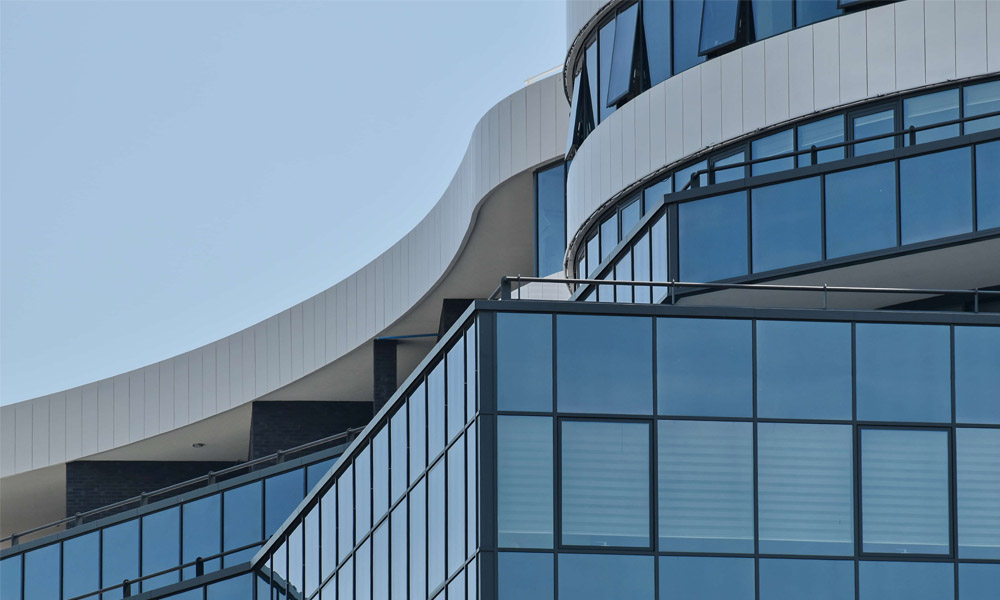

Architectural Decorative Windows A Blend of Functionality and Aesthetic
Architectural decorative windows are more than just openings in walls; they are expressions of artistic creativity, cultural significance, and structural innovation. These windows serve multiple purposes, including allowing natural light into interiors, creating visual appeal, and defining the architectural style of a building. Throughout history, different cultures have embraced unique designs that showcase their artistic heritage, making windows a critical component in the overall narrative of architecture.
The Historical Significance of Decorative Windows
From the medieval Gothic cathedrals in Europe, adorned with stunning stained glass, to the intricate wooden lattice windows in traditional Chinese architecture, decorative windows have been pivotal in reflecting societal values and technological advancements specific to their time. In Gothic structures, for example, stained glass windows not only permeated the interiors with colorful light but also told biblical stories, serving as a form of communication with the largely illiterate populace of that era.
During the Renaissance, windows evolved further as the focus shifted towards symmetry and proportion. Architects began experimenting with different shapes, frames, and embellishments, resulting in harmonious designs that highlighted the grandeur of palatial buildings. The use of large glass panes not only added elegance to the facades but also illuminated the interiors, showcasing ornate decorations and furnishing within.
Types of Decorative Windows
Architectural decorative windows encompass a variety of styles and materials, each contributing to the building’s character
. Here are a few prominent types1. Stained Glass Windows Known for their vibrant colors and intricate designs, stained glass windows are often seen in churches, cathedrals, and historical buildings. They embody not only artistry but also storytelling, illustrating religious narratives or significant events from history.
2. Arched Windows Common in both classical and contemporary architecture, arched windows lend a sense of elegance and can be found in a variety of sizes. Their design can transform a simple structure into a grand statement piece.

3. Bay and Bow Windows These protruding windows not only enhance the facade of a building but also create additional space in the interior. Bay and bow windows provide a panoramic view of the surroundings, making them a popular choice for homes in picturesque locations.
4. Geometric Windows Particularly prominent in modern architecture, geometric windows, characterized by unusual shapes and arrangements, create a dynamic visual effect. They challenge traditional concepts of window design and embrace minimalism and abstraction.
5. Ornate Grilles and Frames In many cultures, the decorative grilles and frames surrounding windows are as important as the glass itself. In places like Morocco and India, intricate wooden lattice work or metal grilles enhance the aesthetic appeal while providing privacy and ventilation.
The Role of Decorative Windows in Modern Architecture
In today's architectural landscape, the use of decorative windows continues to play an essential role. Modern architects often integrate large panoramic windows to connect indoor spaces with the surrounding environment, blurring the lines between exterior and interior. These expansive glass installations not only maximize natural light but also promote energy efficiency by reducing the need for artificial lighting.
Moreover, sustainability has become a key focus in contemporary architecture. Many architects now prioritize eco-friendly materials and designs that reduce environmental impact. Decorative windows made from recycled materials, as well as those that incorporate energy-efficient glass, are becoming increasingly common.
Conclusion
Architectural decorative windows are far more than functional elements of a building; they are vital components that contribute to the overall aesthetic and story of a structure. Whether they are intricately designed stained glass in a Gothic cathedral, geometric shapes in a modern high-rise, or traditional lattice work in a historic home, these windows have the power to inspire, captivate, and provide a glimpse into different cultures and eras. As we move forward, the evolution of decorative windows will undoubtedly continue, merging tradition with innovation to meet the ever-changing needs of society.